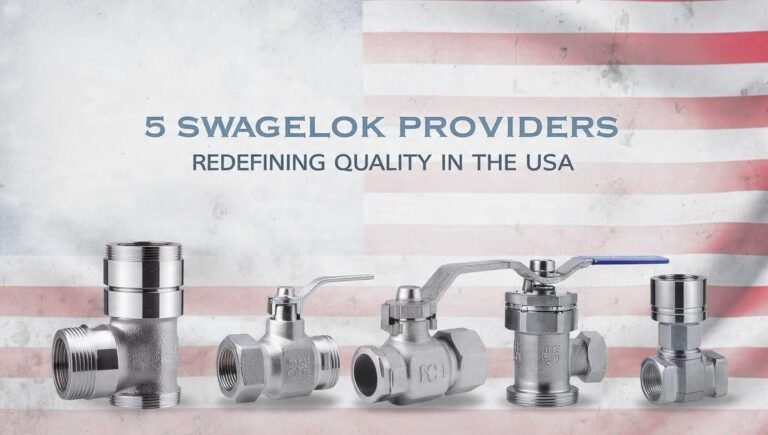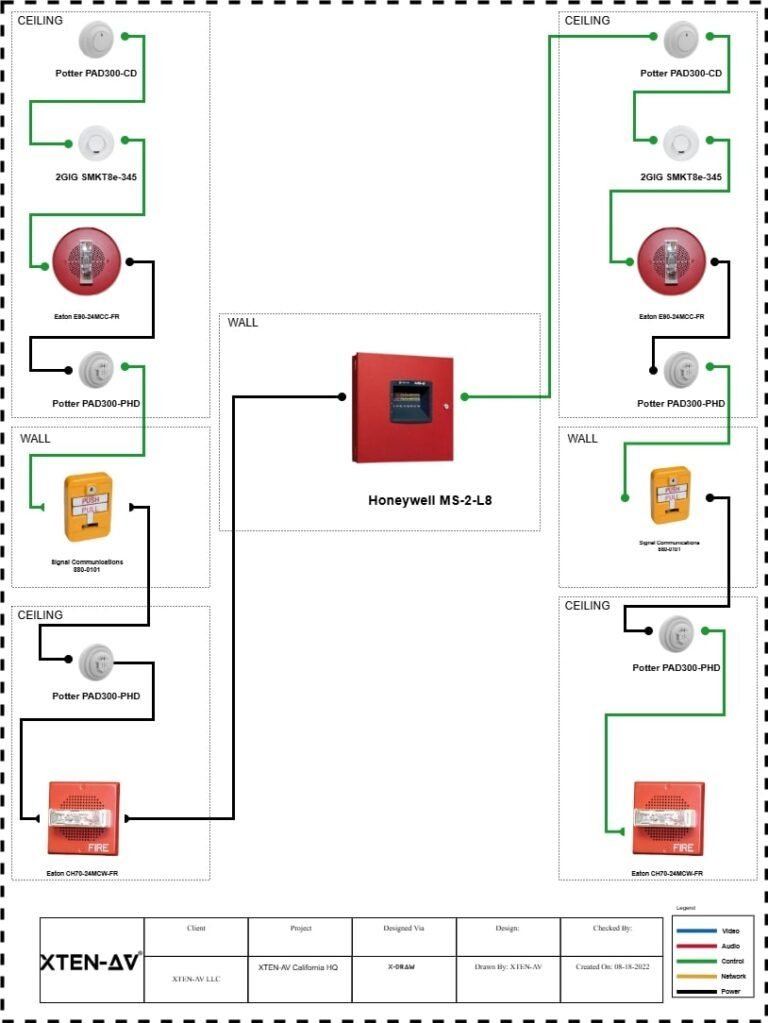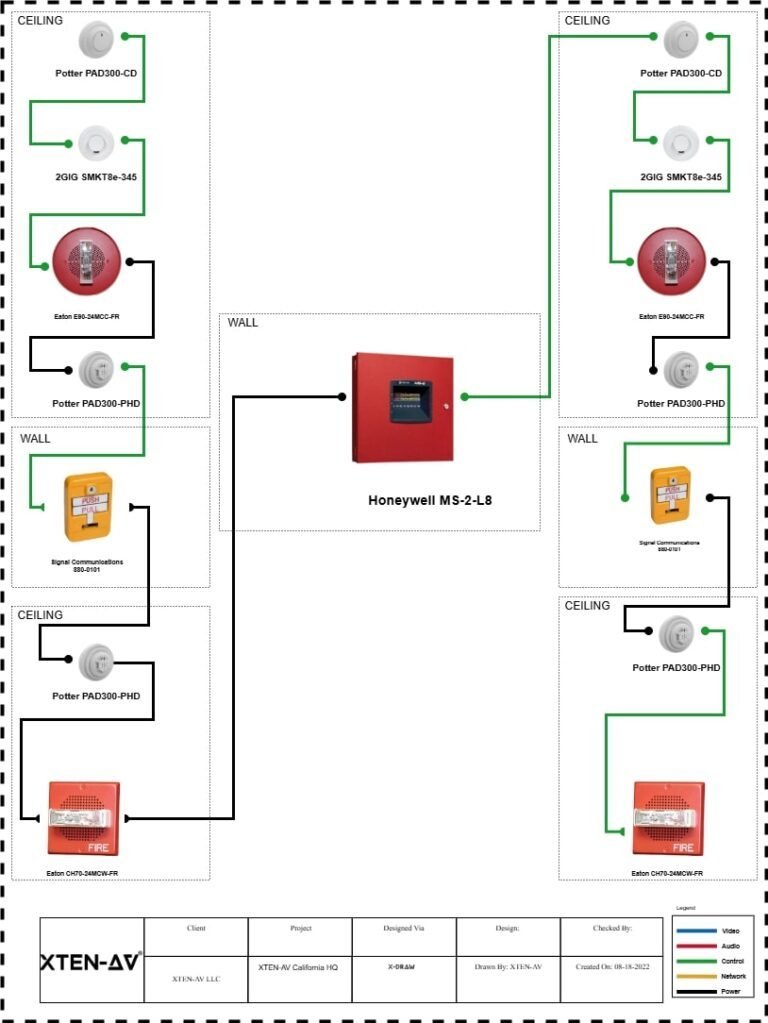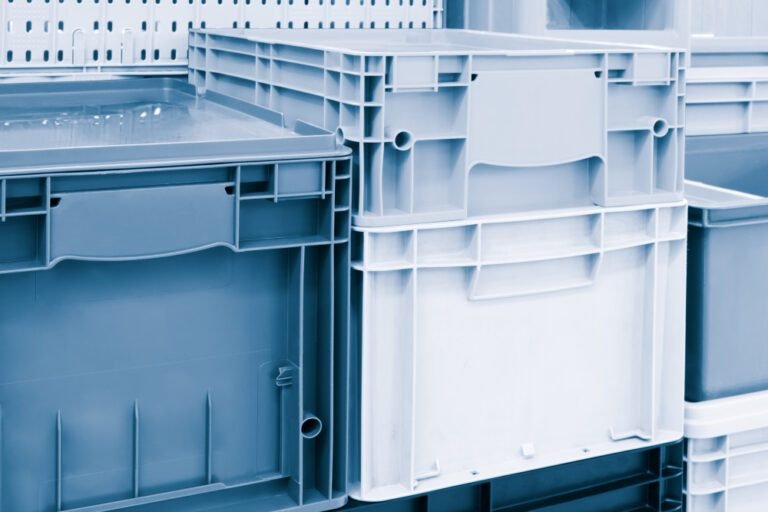Nickel-based alloys play an essential role in modern engineering, offering high performance in challenging environments. If you’ve ever asked, what is nickel alloy? — it refers to a class of metallic materials where nickel is the primary element. These alloys are often combined with metals like chromium, iron, molybdenum, and copper to produce exceptional strength, corrosion resistance, and high-temperature stability.
Used in sectors ranging from aerospace to power generation, nickel alloys are vital for manufacturing components that must endure extreme mechanical, chemical, and thermal stress. This article explores the composition, benefits, classifications, and major applications of nickel alloys in industrial environments.
What Is Nickel Alloy?
Nickel alloys are metal blends where nickel acts as the dominant component. These alloys are engineered to exhibit improved mechanical strength, thermal stability, corrosion resistance, and ductility. Depending on their composition, nickel alloys may also display magnetic, electrical, or thermal conductivity properties that make them suitable for demanding industrial applications.
In many cases, nickel alloys outperform traditional materials like stainless steel or aluminum, especially in environments that involve high temperature, corrosive chemicals, or intense pressure.
Primary Elements Found in Nickel Alloys
Nickel alloys are rarely composed of nickel alone. They are usually enhanced with other metals to modify or improve their properties. Common alloying elements include:
Chromium – Enhances oxidation and corrosion resistance
Iron – Adds strength and reduces material costs
Molybdenum – Increases resistance to pitting and crevice corrosion
Copper – Improves resistance to seawater and acidic environments
Titanium & Aluminum – Used in strengthening precipitation-hardened alloys
The precise mix of these elements results in various grades and types of nickel alloys, each tailored to specific industry needs.
Main Types of Nickel Alloys
Nickel alloys are generally categorized based on their composition and intended function. The most common classifications include:
1. Nickel-Iron Alloys
These are designed for applications requiring low thermal expansion or high magnetic permeability. Common examples include:
Invar: Used in precision instruments due to minimal dimensional change with temperature
Permalloy: Valued for magnetic shielding and transformer cores
2. Nickel-Copper Alloys
Well-known for their excellent resistance to seawater, acids, and alkalis, nickel-copper alloys (like Monel) are commonly used in:
Marine environments
Heat exchangers
Oil refining equipment
3. Nickel-Chromium Alloys
Ideal for high-temperature applications, these alloys resist oxidation and are used in:
Heating elements (e.g., Nichrome)
Furnace components
Thermal processing equipment
4. Nickel-Chromium-Iron Alloys
Often referred to as superalloys, this group (including Inconel and Hastelloy) is widely used in high-stress, high-temperature industries. These alloys are key materials for:
Jet engines
Turbines
Nuclear reactors
Key Properties of Nickel Alloys
1. Corrosion Resistance
Nickel’s ability to form a passive oxide layer gives it excellent resistance to a variety of corrosive environments. When alloyed with chromium and molybdenum, corrosion resistance is significantly enhanced, especially in chemical processing and marine applications.
2. High-Temperature Strength
Many nickel alloys maintain their mechanical properties even at elevated temperatures, often exceeding 1000°C. This property makes them ideal for aerospace and power plant components.
3. Dimensional Stability
Nickel alloys exhibit minimal expansion or contraction under fluctuating temperatures, making them reliable for precision components in scientific or mechanical applications.
4. Fabrication Flexibility
Despite their strength, most nickel alloys can be readily machined, welded, and formed. This makes them highly suitable for complex fabrication in both small and large-scale projects.
Industrial Applications of Nickel Alloys
The unique characteristics of nickel alloys make them indispensable in numerous sectors:
Aerospace
Nickel-based superalloys are used extensively in aircraft and spacecraft components. Jet engines, combustion chambers, turbine blades, and exhaust systems rely on these materials for heat resistance and structural integrity.
Chemical and Petrochemical Processing
Nickel alloys such as Hastelloy and Monel are favored in environments involving acids, solvents, and high-pressure systems. They are commonly found in:
Heat exchangers
Reactors
Piping systems
Storage tanks
Marine Engineering
Thanks to their exceptional resistance to seawater corrosion, nickel-copper alloys are ideal for:
Ship propeller shafts
Desalination plant components
Offshore oil rig equipment
Energy and Power Generation
Nuclear power plants and fossil-fuel power stations utilize nickel alloys in applications such as:
Steam generators
Heat exchangers
Pressure vessels
Their strength and corrosion resistance improve system lifespan and reduce maintenance costs.
Electronics and Instrumentation
Nickel-iron alloys are used in magnetic cores, transformers, shielding materials, and temperature-sensitive components in electrical and measuring instruments.
Advantages of Using Nickel Alloys
Nickel alloys offer several competitive advantages over standard materials:
Longer operational life
Lower maintenance requirements
Improved performance in harsh environments
High return on investment due to reduced failure risk
Customizable properties through alloy selection
These benefits are especially valuable in mission-critical applications where downtime or component failure can result in significant cost or safety implications.
Factors to Consider When Selecting Nickel Alloys
Choosing the right nickel alloy involves evaluating several parameters:
Operating temperature and pressure
Corrosive or oxidizing exposure
Load-bearing requirements
Welding or machining compatibility
Cost and availability
A careful analysis of the service environment helps in selecting the most appropriate nickel alloy for any given application.
Future Trends in Nickel Alloy Use
As industries shift toward cleaner energy and advanced technologies, nickel alloys are expected to play a larger role. Their recyclability and compatibility with additive manufacturing make them a material of choice for:
Hydrogen production systems
High-performance batteries
Electric vehicle components
Space exploration and advanced aerospace systems
Nickel alloys will continue to support innovation across sectors, combining durability with sustainability.
Conclusion
Nickel alloys are not just materials—they are enablers of progress in modern engineering. From aerospace to energy and marine systems, their strength, corrosion resistance, and high-temperature performance make them essential in demanding applications. Whether you’re designing a turbine blade or a seawater valve, understanding what is nickel alloy? will help you choose the right material for long-lasting performance and reliability.







































































































































































































































































































































































































































































































































































































































































































































































































































































































